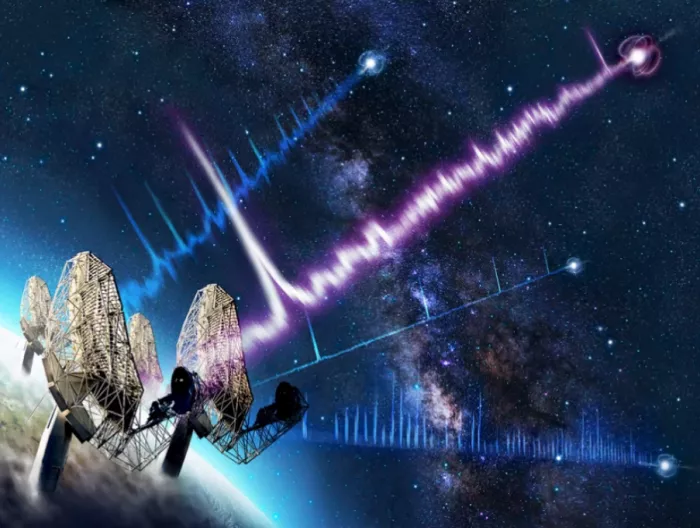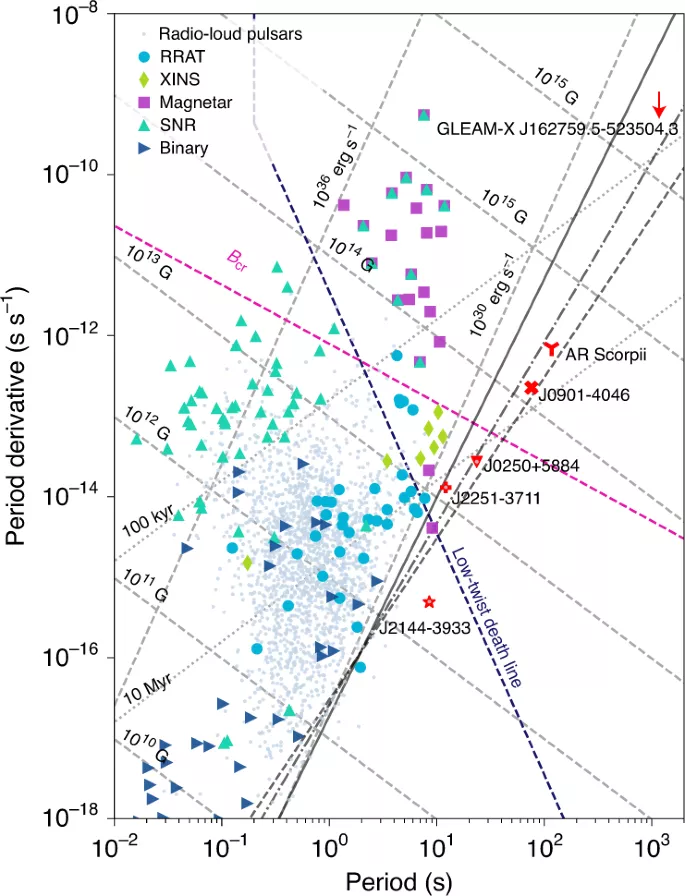According to BGR report, scientists have recently discovered a neutron star, which they say may pave the way for a new class of stellar objects** The star was discovered 1300 light-years from earth. Incredibly, researchers think it can rewrite the understanding of some star systems.

The discovery began when Manisha Caleb, a lecturer at the University of Sydney, and the meertrap team noticed the strange pulse from the vela-x 1 region of the Milky way. Caleb said the pulse lasted about 300 milliseconds. With their in-depth mining of data in this area, they found more pulse records. Caleb said the data may lead researchers to find a new class of stellar objects.
The researchers named the neutron star responsible for the pulse PSR j0941-4046. They say it has some characteristics of a "pulsar" or even a "magnetic star".
A pulsar is an extremely dense remnant of a collapsed giant star. They usually emit radio waves from their poles, and pulses can often be measured from earth as stars rotate. But the team was puzzled by the length of the pulses. At present, the longest rotation time from pulsars is only 23.5 seconds. Therefore, scientists think they may have discovered a new class of radio transmitting objects.

The researchers published in [Nature astronomy] this month( https://www.nature.com/articles/s41550-022-01688-x?utm_medium=affiliate&utm_source=commission_junction&utm_campaign=CONR_PF018_ECOM_GL_PHSS_ALWYS_PRODUCT&utm_content=textlink&utm_term=PID100021860&CJEVENT=0746ef49e39c11ec8081011f0a180512 ) 》Their findings are shared in a new paper published by. In the paper, they explained in detail why they believed they had discovered a new class of stellar objects.
In addition to finding a neutron star that is different from what we have seen before, the team also found it in a neutron star "graveyard". It is speculated that the specific space region discovered by PSR j0941-4046 is full of neutron stars at the end of their life cycle. Therefore, they are not so active, or even not active at all.
As PSR j0941-4046 is still transmitting radio signals, it presents an abnormal phenomenon for people's understanding of neutron stars. Therefore, it challenges people's understanding of these stars and objects, and may even change. In addition, because a pulse recorded from the celestial body has the property of "quasi period", it can provide valuable information about how PSR j0941-4046 works.
Together, these information can reveal a new category of stars and celestial bodies. Moreover, if so, it can provide more data for scientists from NASA and other institutions to study. But more intriguingly, Caleb and others are not even sure that PSR j0941-4046 is the celestial body that emits these signals.
However, if it is, it can prove the existence of "ultra long period magnetic star". This is a type of neutron star that scientists have long speculated about. Of course, this is not the first time that mysterious radio pulses have puzzled scientists. And it certainly won't be the last time.